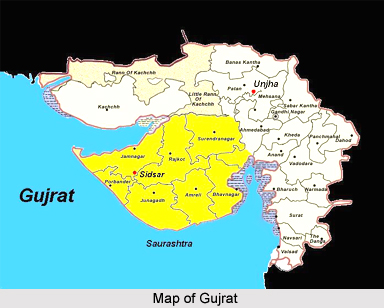 Bhili language, classified under the Indian languages group, serves essentially as a Western Indo-Aryan language. The language is spoken in west-central Indian provinces, precisely in the region, east of Ahmedabad. Bhili is known to be a part of the Bhil language family, which bears relations with Gujarati and the Rajasthani languages. The language is penned by employing a variant of the Devanagari script, although they are known to have sparse existence in present times.
Bhili language, classified under the Indian languages group, serves essentially as a Western Indo-Aryan language. The language is spoken in west-central Indian provinces, precisely in the region, east of Ahmedabad. Bhili is known to be a part of the Bhil language family, which bears relations with Gujarati and the Rajasthani languages. The language is penned by employing a variant of the Devanagari script, although they are known to have sparse existence in present times.
Bhagoria, Bhil, Bhilbari, Bhilboli, Bhilla, Vil, Bhilodi and Lengotia are conceived as various optional names of Bhili language. Already acknowledged to be a part of the group of `Bhil language family` and widely linked to languages of people of Rajasthan and Gujarat, the language also has umpteen speakers who can be witnessed in the regions of Madhya Pradesh, Andhra Pradesh, Tripura , Bihar, Jammu and Kashmir, Maharashtra, Karnataka, Punjab and some of the mountainous domains of India. What is even more arresting is that the Patelia of Madhya Pradesh utilises Bhili as a first language, with a literacy rate modifying from one percent to five percent. Its adeptness and know-how as a second language has shot the literacy rate from a meagre count to a whopping ten percentage. Most Bhili language speakers, however, possess little expertise in Hindi language.
Since its times of inception, numerous dialects have originated in Bhili language. These basically comprise: Bhim, Ahiri, Anarya (Pahadi), Bhilodi, Bhim, Charani, Habura, Konkani, Kotali (Kotvali, Kotwalia), Magra Ki Boli, Nahari (Baglani), Naikdi, Panchali, Patelia, Ranawat, Rani Bhil, Siyalgir. Most people of the Ratlam district in Madhya Pradesh are basically identify themselves to a dialect of Bhili, specifically Wagdi. Bhilodi too is well celebrated as a Bhili dialect.
A singular survey devoted to Bhili language had been conducted in the year 1986 by the famous organisation MARC (used in the field of library science that stands for Machine-Readable Cataloguing; the MARC standards consist of the MARC formats, which are standards for the representation and communication of bibliographic and related information in machine-readable form). The organisation had estimated that the number of Bhili speakers in India count up to 1,600,000. According to yet another survey carried on by a renowned organisation IMA, the total number of people comprising Bhili speakers stand at 5,624,000, together with other languages in the Bhil family; the survey was accomplished in the year 1994.



















